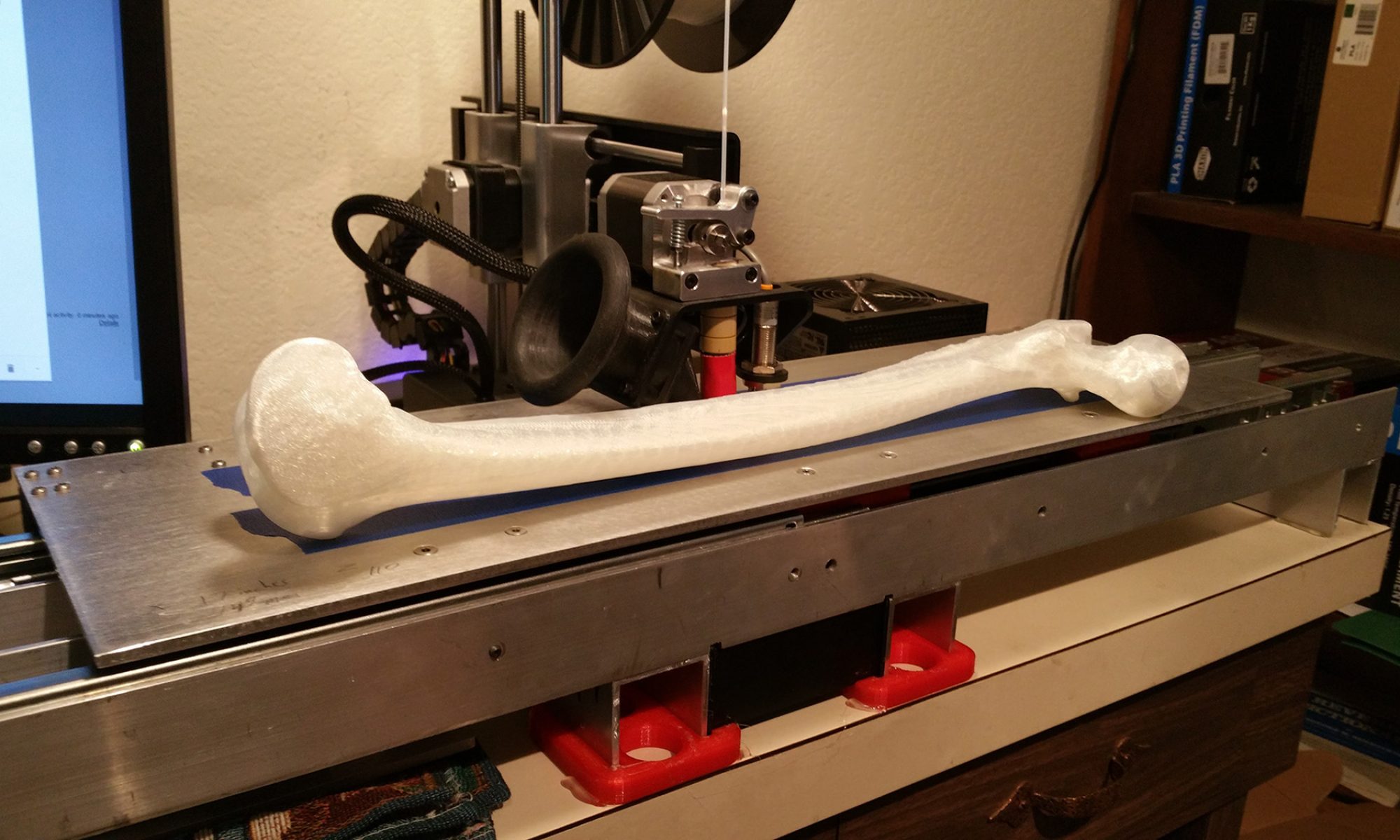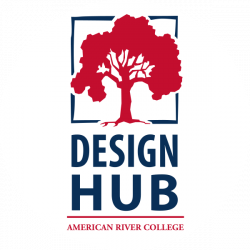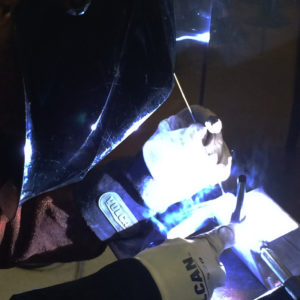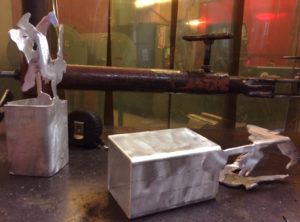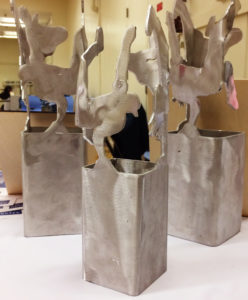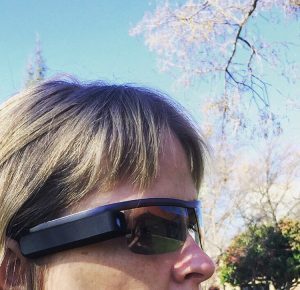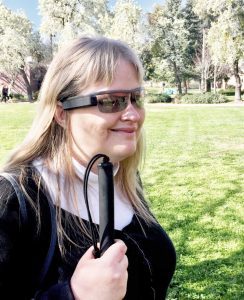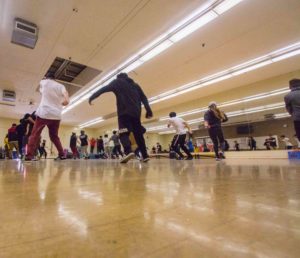
During the Spring, The Hip Hop Competition lasted roughly 2 hours. This Event was put together in the ARC Gymnasium. This was the first Hip Hop competition ever held.
Hoping for more events like this in the future.
Enthusiastic Dancers are eager to put their skills to the test. The organizations that were behind this event are: U.N.I.T.E, L.E.T.C (Low End Theory Collaboration), J.B.C Joint Budget Committee and Kaeb.
All funding this event.
UNITE is the community diversity center for American River College, and the Joint Budget Committee and Kaeb funded the competition.
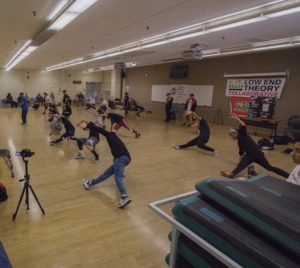
Joshua Bonzo’s idea was set forth the production of this project. Another contributor of this project was Moses Rodriguez. Bonzo has been break dancing since the age of seven or eight.
This competition had a guest star Ken Smith, who lead everyone through each move. Smith was interviewed for more information regarding the culture of Hip Hop. It was originated in New York, and Smith was among its cultural colors from its first developments. He currently teaches intermediate Hip Hop at UCLA lecture and lab Arts and Cultures Department despite braving through several physical injuries to his hip, knees, ankles, and fingers.
Some modern Hip Hop moves are: turfing and crumping. Ken Smith describes Hip Hop as a culture, not just a dance style. He associates the culture of Hip Hop with graffiti, break dancing, DJ-ing, and rapping. Smith strongly emphasizes how the elements of Hip Hop are based on style and not technique. He danced in street competitions and freestyle competitions after it bloomed in California.
They want to bring hip hop culture into the American River College campus, along with break dancing!!
